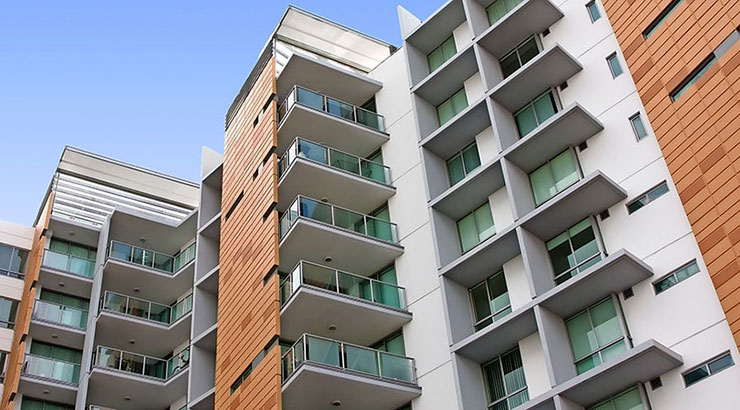Industry News
New Policy Paves Way for 75-Storey Towers in Nairobi
Developers will be allowed to build up to 75 floors in high-density areas.

A new draft policy could significantly alter the Nairobi skyline by allowing construction of buildings up to 75 floors in specific areas of the city.
The Nairobi City County Development Control policy, which is currently open for public participation, outlines new height limits for various zones, aiming to modernise the city’s infrastructure while maintaining regulatory control over urban development.
According to the proposed policy, developers will be allowed to construct skyscrapers of up to 75 floors in high-density areas such as Upper Hill, Uhuru Highway, Tom Mboya, Haile Selassie Avenue, and University Way.
Meanwhile, Riverside, Parklands, and Ngara West will be restricted to a 20-floor limit, and areas such as Muthangari, Kileleshwa, and Kilimani will have a 15-floor cap.
On the other hand, residential zones like Umoja, Kayole, and Komarock will see a maximum of eight floors for new developments, while Mathare, Dandora, and Korogocho will see a maximum of five floors.
Other areas like Eastleigh, Kariokor, and Mlango Kubwa will reach 25 floors in favour of both residential and commercial buildings.
More upscale neighbourhoods such as Karen, Gigiri, Runda, Kitisuru, Nyari, Muthaiga, and Roselyn will continue to be classified as single-dwelling neighborhoods. This ensures that only freestanding residential units will be permitted while the integrity of these upscale neighbourhoods is maintained.
Eastlands will also have some zones such as Jacaranda, Sosian Estate, Nasra Gardens, and Rabai Road Estate where high-rise development will be prohibited. Utawala, Ruai, and Kamulu will have the same controls to ensure that these zones have lower-density development.
The policy, which has not been revised for nearly two decades, is designed to address the issues of unregulated growth and to ensure new developments are in line with community interests and city planning regulations.
“Nairobi’s development policy has remained unchanged for close to two decades, leading to cases where buildings exceed proposed limits. However, already existing structures will not be affected,” said Nairobi County Chief Officer Patrick Analo.
RELATED: Nairobi Maps Its Future With New City Master Plan
Public participation is currently underway, with residents, developers, contractors, and professional bodies encouraged to share their views on the proposed changes.
This three-day process is essential in shaping the final version of the policy.
“We will consider all stakeholder views before finalising the policy,” assured Alvin Olando, chair of the Nairobi Assembly Planning Committee.
Concerns have been raised in recent years over how approvals for high-rise buildings were granted in residential areas without sufficient community involvement.
In 2024, Kileleshwa residents petitioned the Nairobi County government and the Ministry of Lands to address the issue of illegal high-rise buildings in their neighbourhoods.
RELATED: Disquiet in Nairobi as Zoning Rules Disrupt Posh Estates
The new policy seeks to address such issues by offering clear guidance and enhancing the legal framework for urban planning.
“As part of public participation, we have engaged architects, physical planners, and engineers who raised concerns about building height limits,” Analo emphasised.
If implemented, the draft policy promises to bring Nairobi’s development control up to date, accommodating the city’s growth while ensuring that new constructions align with planning laws and the needs of local communities.














